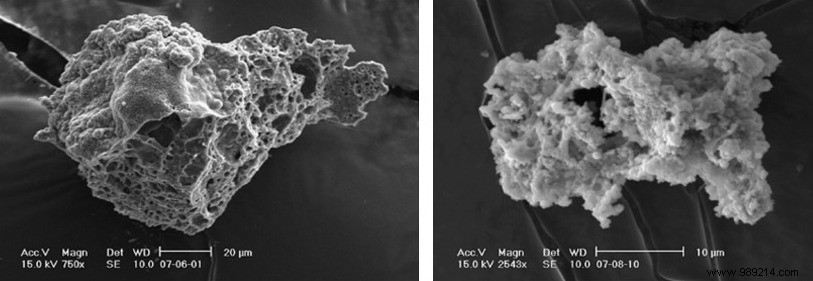The annual flux of extraterrestrial material ending up on the Earth's surface is dominated by small particles. It is therefore very difficult to apprehend them. To estimate the distribution and volume of this cosmic matter, researchers traveled to Antarctica.
On Earth, it regularly "rains" alien matter. These tiny cosmic projectiles, mixed with more than 17 million metric tons of Earth dust moving through the atmosphere daily, are hard to tell apart. We hardly notice them. This is why we have always struggled to quantify these contributions from the sky.
These data would be very valuable though. The goal for researchers is to better understand the role of cosmic dust in the delivery of water and carbon molecules to the young Earth. These molecules have indeed allowed the emergence of life itself .
To identify this extraterrestrial dust, researchers from the CNRS, the University of Paris-Saclay and the National Museum of Natural History of France turned to Antarctica, near from the Franco-Italian station Concordia (Dome C), located about 1,100 kilometers off Adélie Land.
Earth dust is almost absent and the rate of snow accumulation remains low. These properties allow unique control over both the exposure parameter and the collection efficiency.

For nearly twenty years, six expeditions have collected and analyzed a total of 1280 unmelted micrometeorites and 808 cosmic spherules (molten space rocks) below 350 micrograms of mass. Using this data, the researchers were then able to estimate the speed at which these particles rain down on the surface.
According to calculations, extrapolated to the whole world (assuming that it rains extraterrestrial matter evenly on the planet), about 1600 tons of micrometeorites and 3600 tons of cosmic spherules reach the Earth's surface every year. This represents a total of 5,200 tons per year . For comparison, the annual flux of larger objects, such as meteorites, is less than ten tons per year .
The researchers also focused on analyzing these dust grains to try to determine their origin. A lower density and a higher porosity underline for example a cometary origin. On the contrary, higher density and lower porosity suggest an asteroid parent.
In this sample, the researchers determined that 80% of this material comes to us from comets, while the rest comes to us from asteroids.

Study details are published in the Earth and Planetary Science Letters.